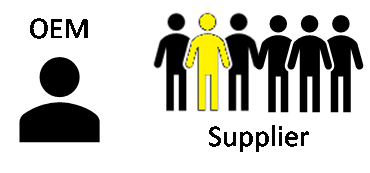What value does your company gain by deploying product development resources one way vs. another when it comes to durability? R&D organizations are built around... Continue reading
Return to previous page


